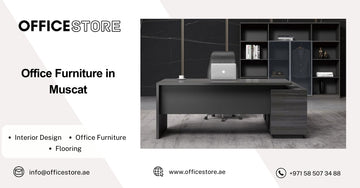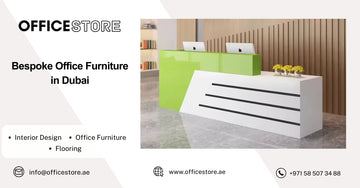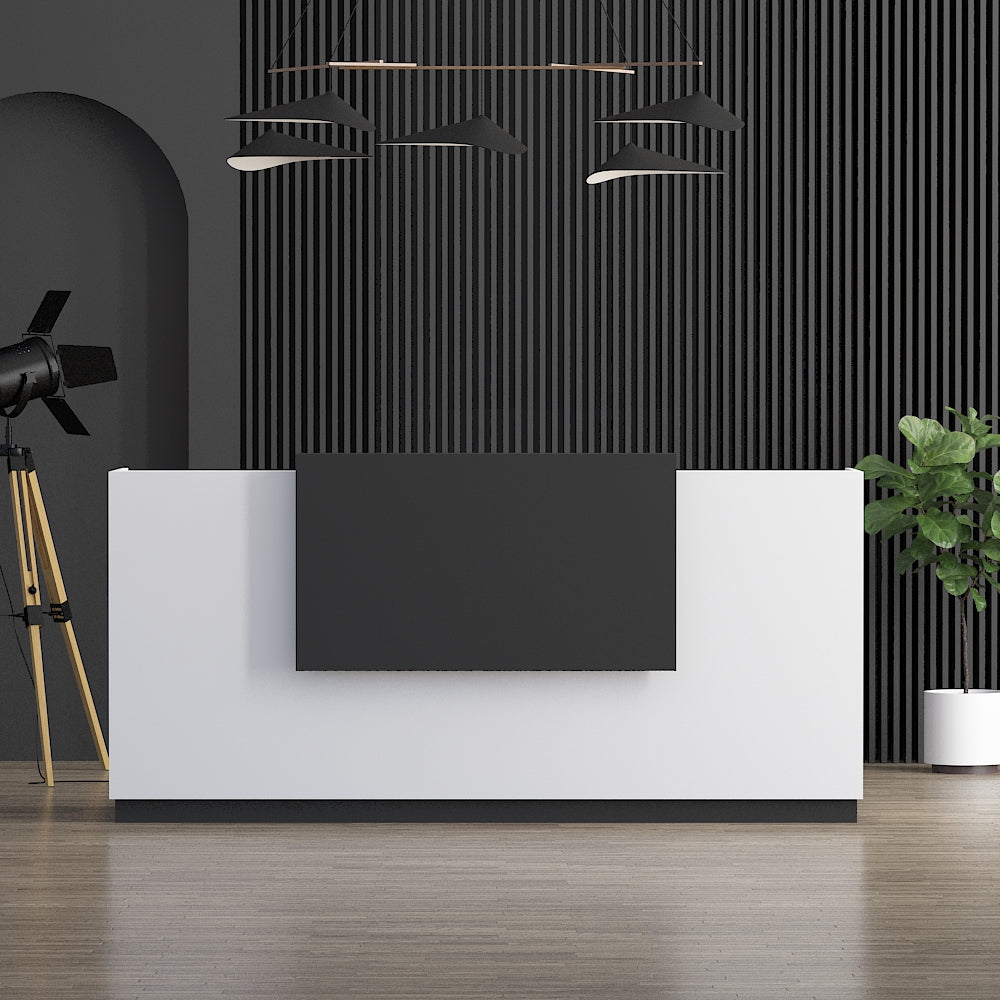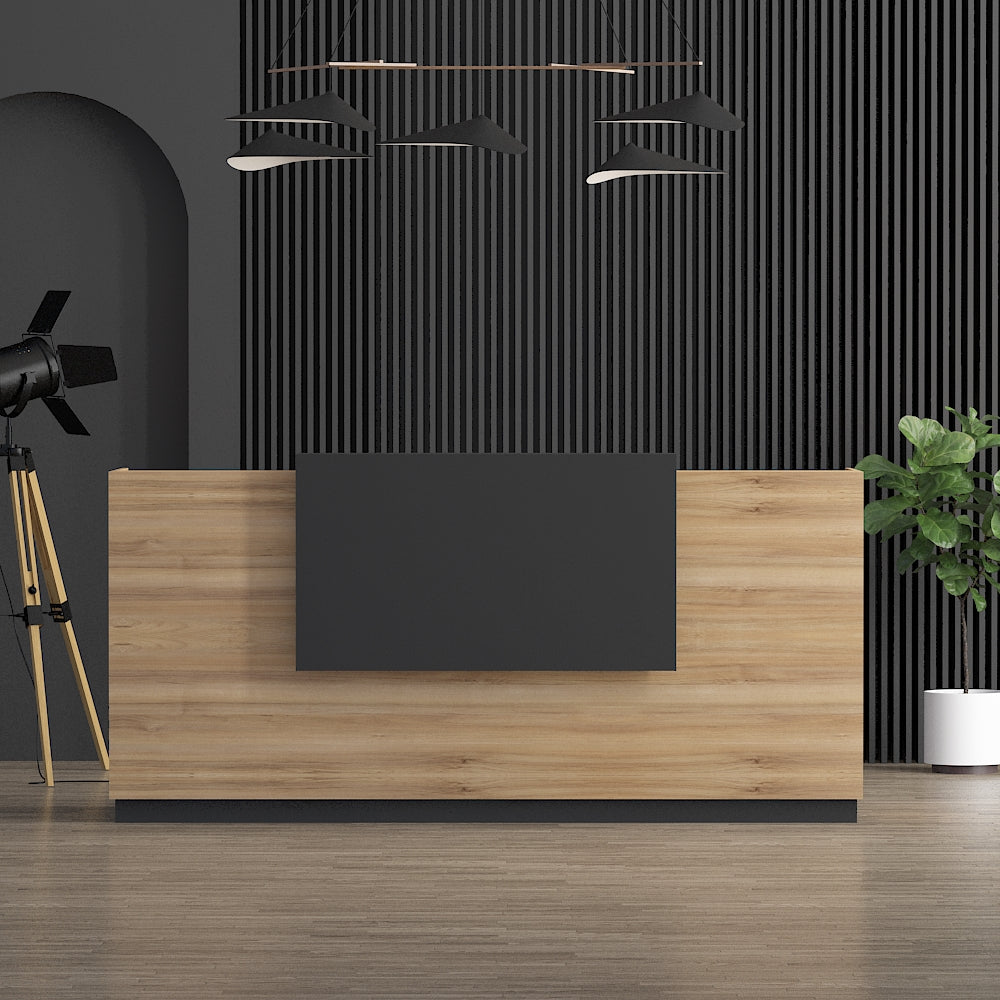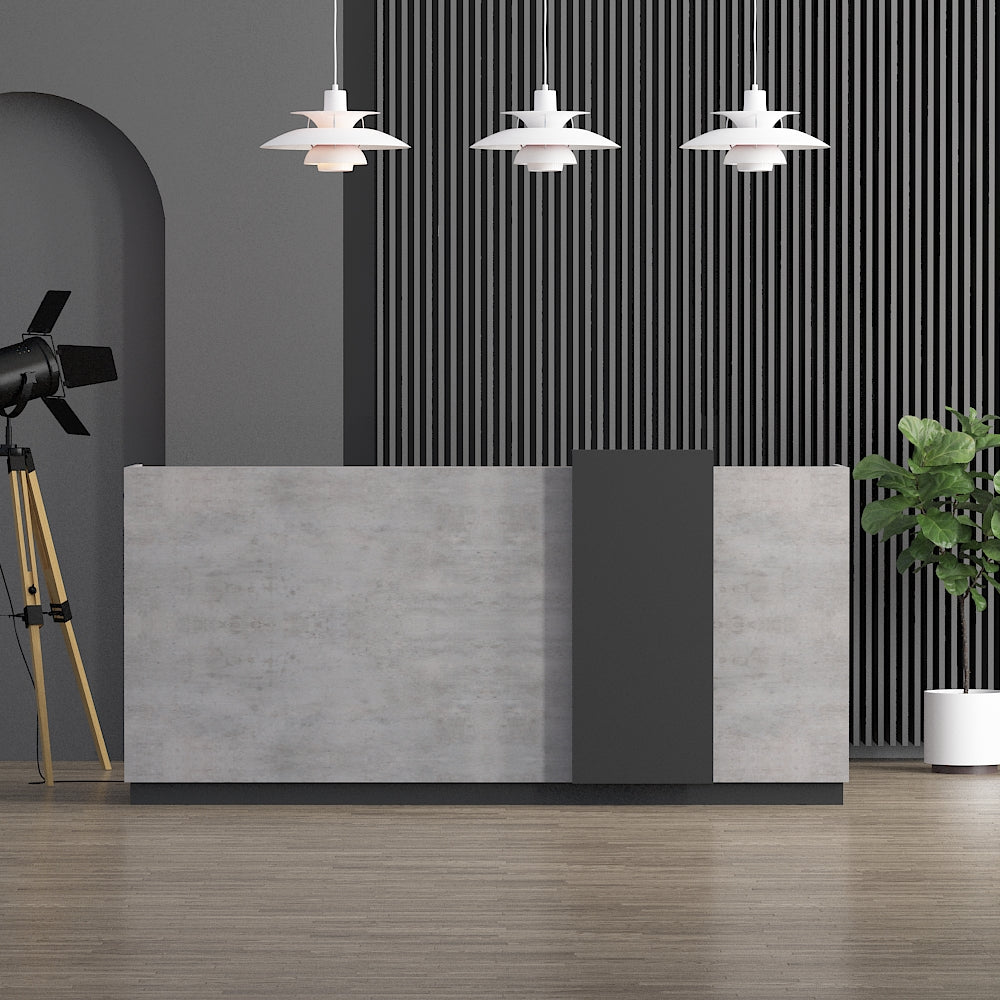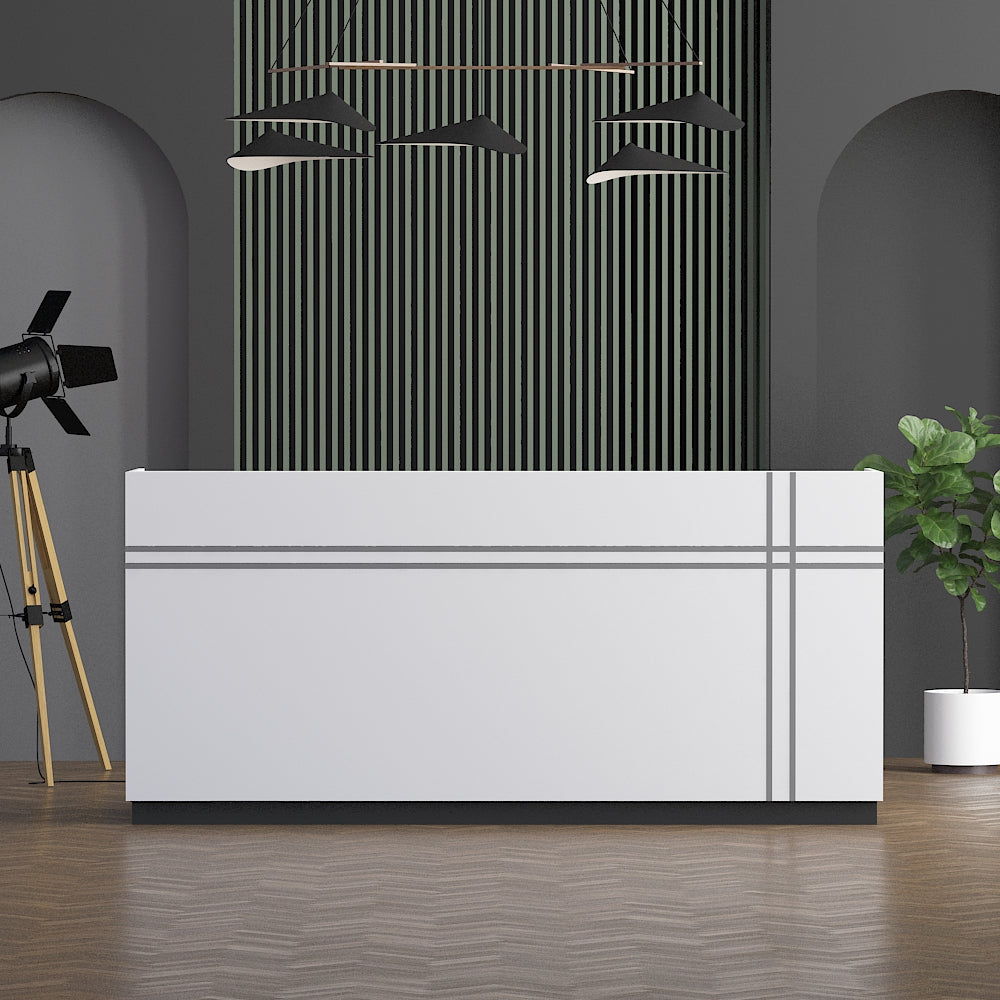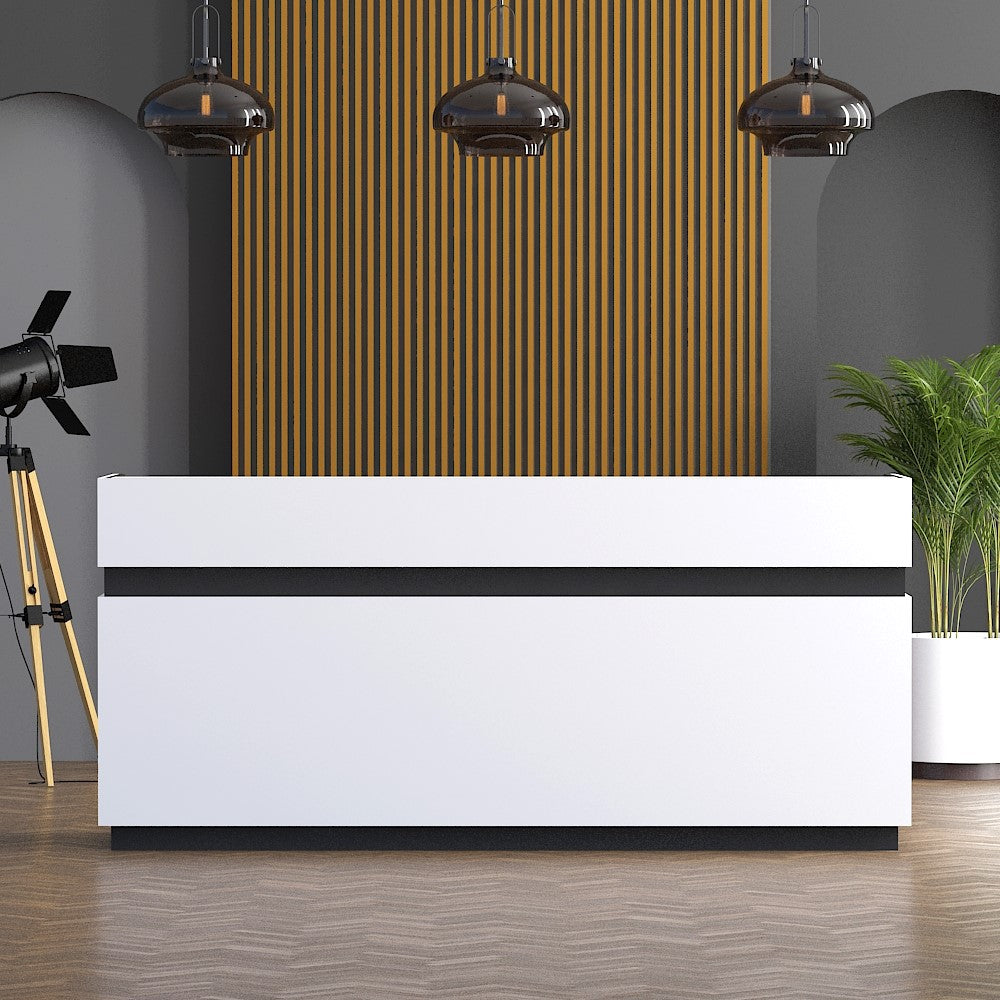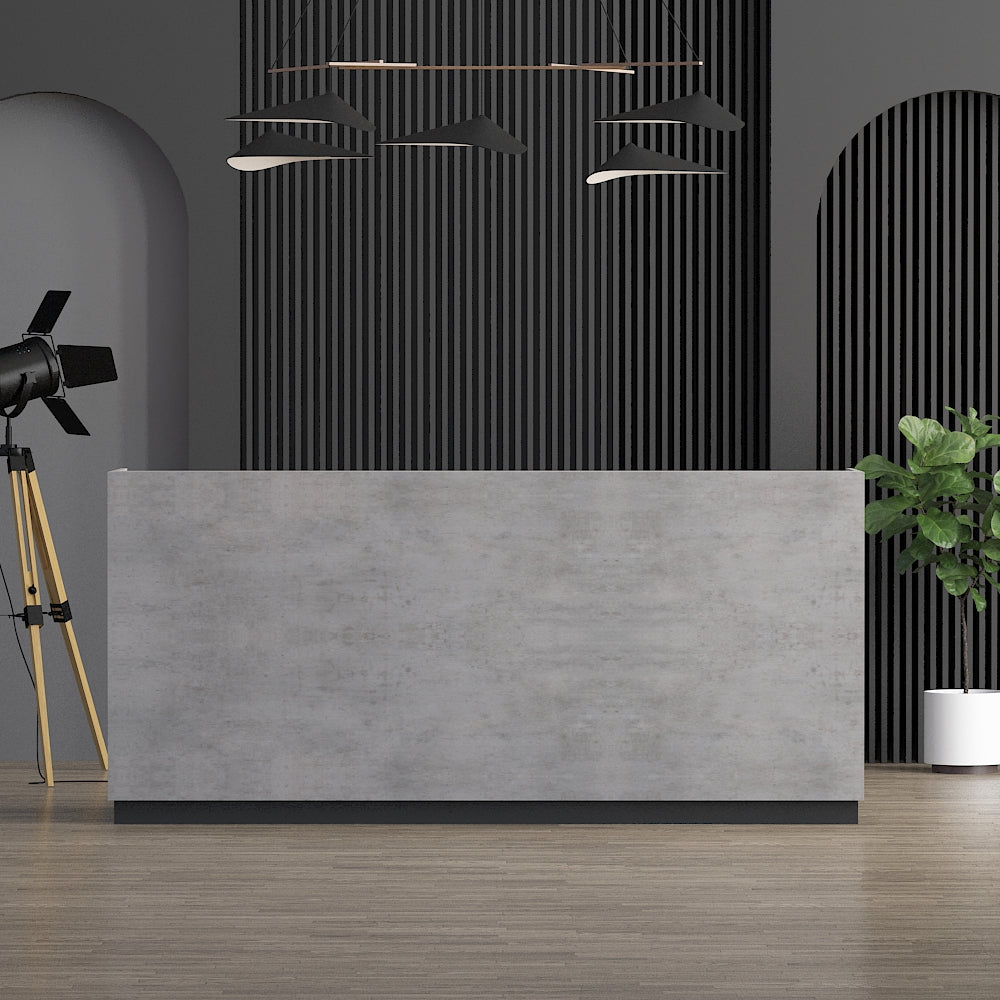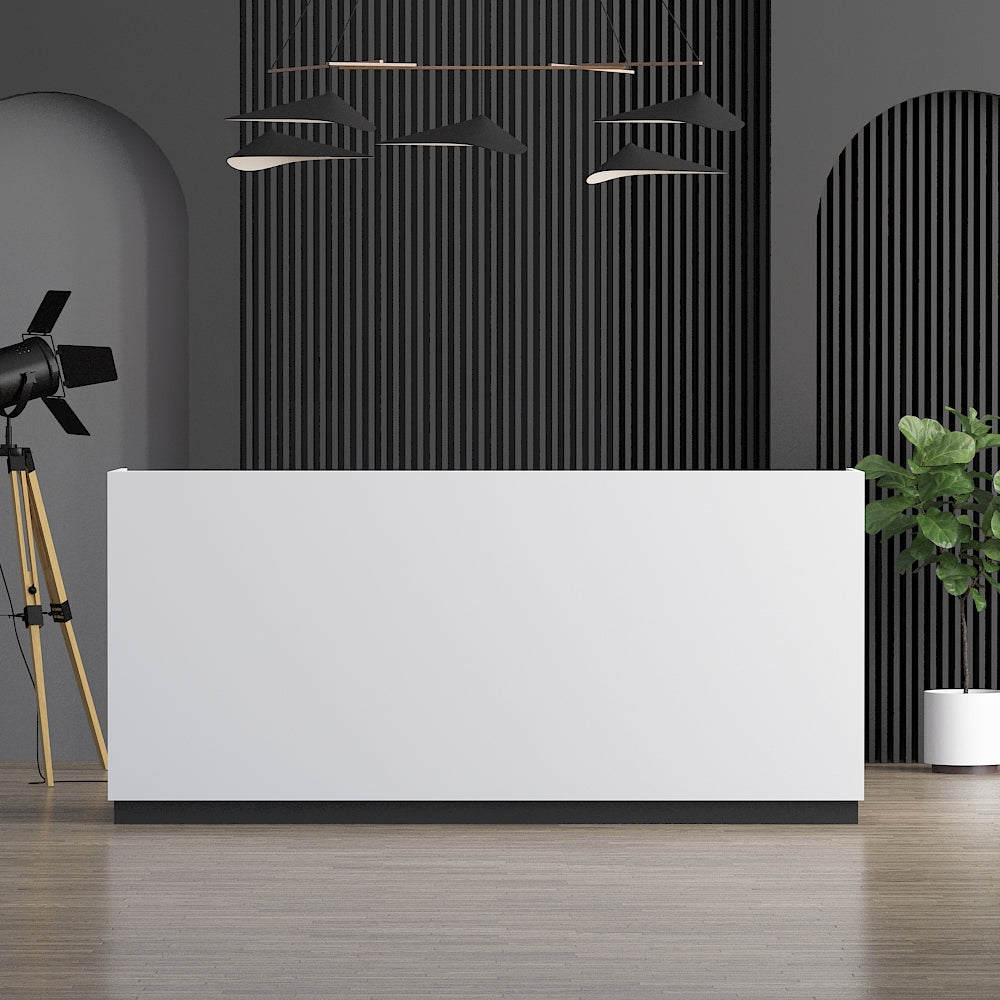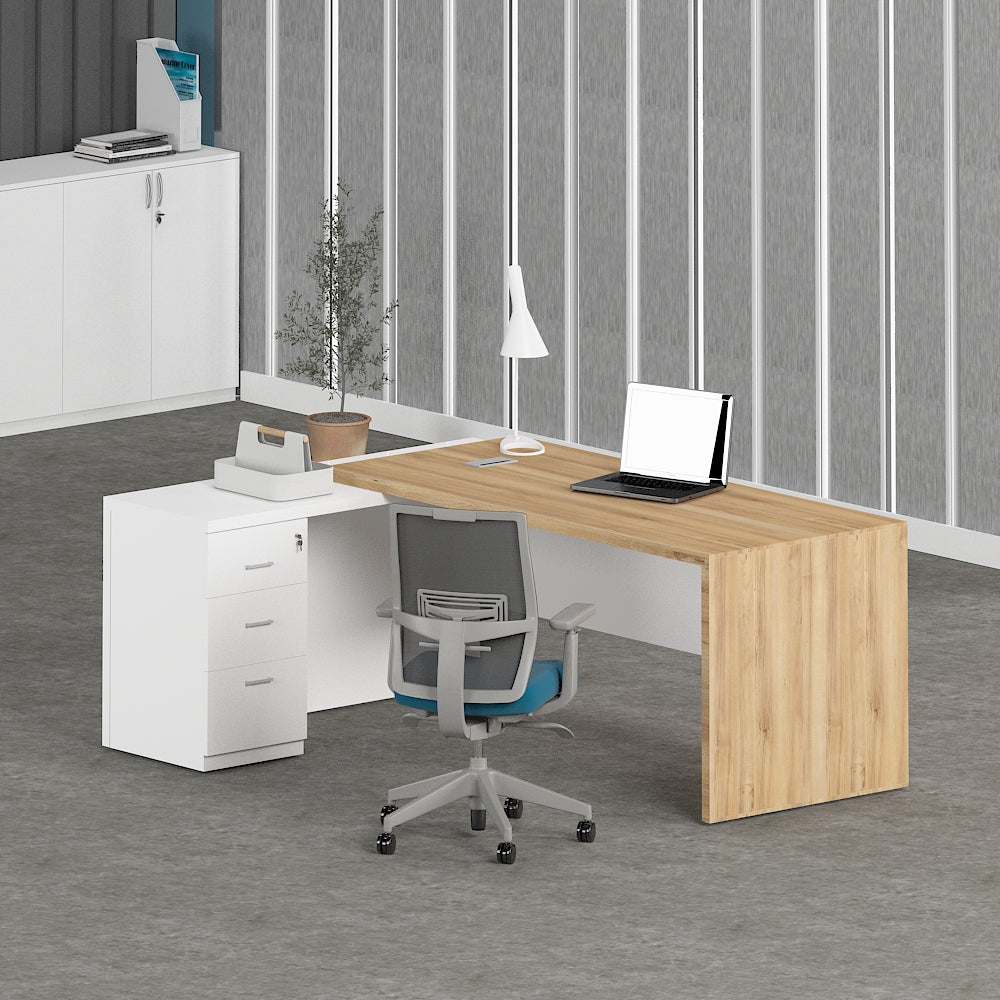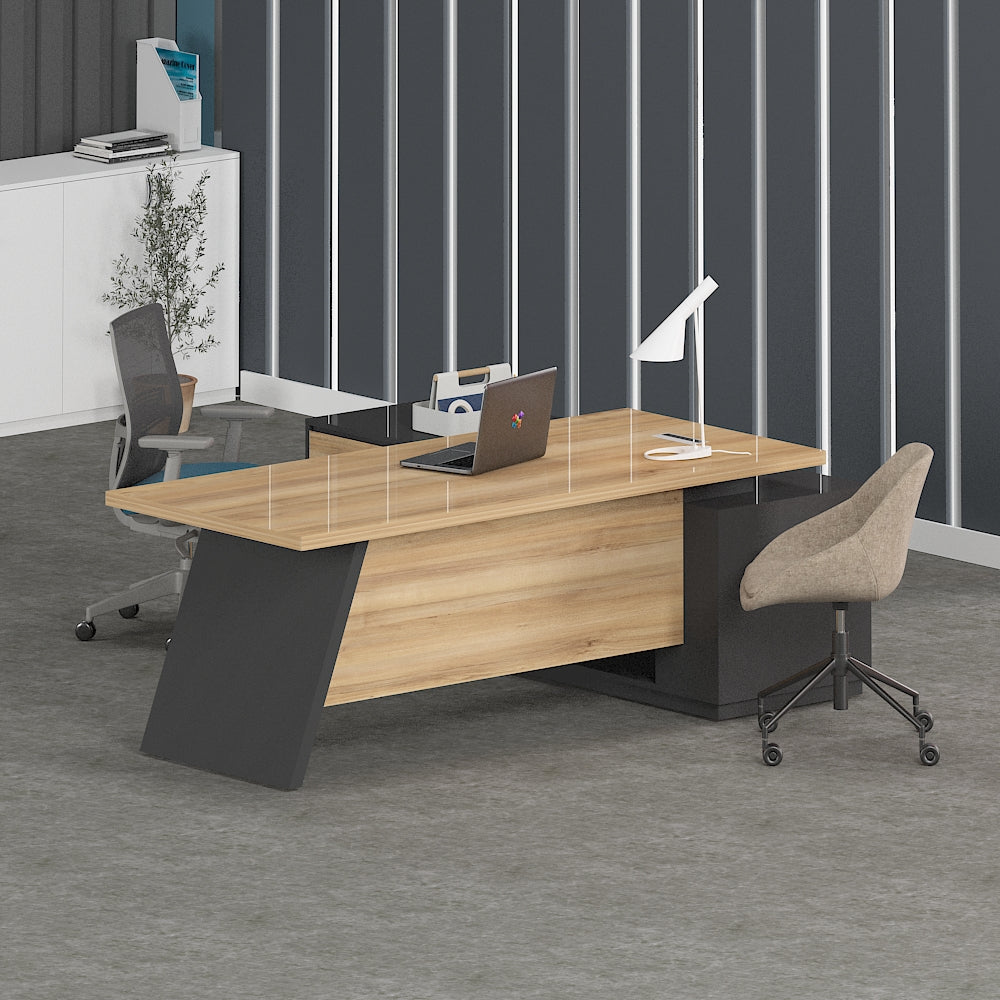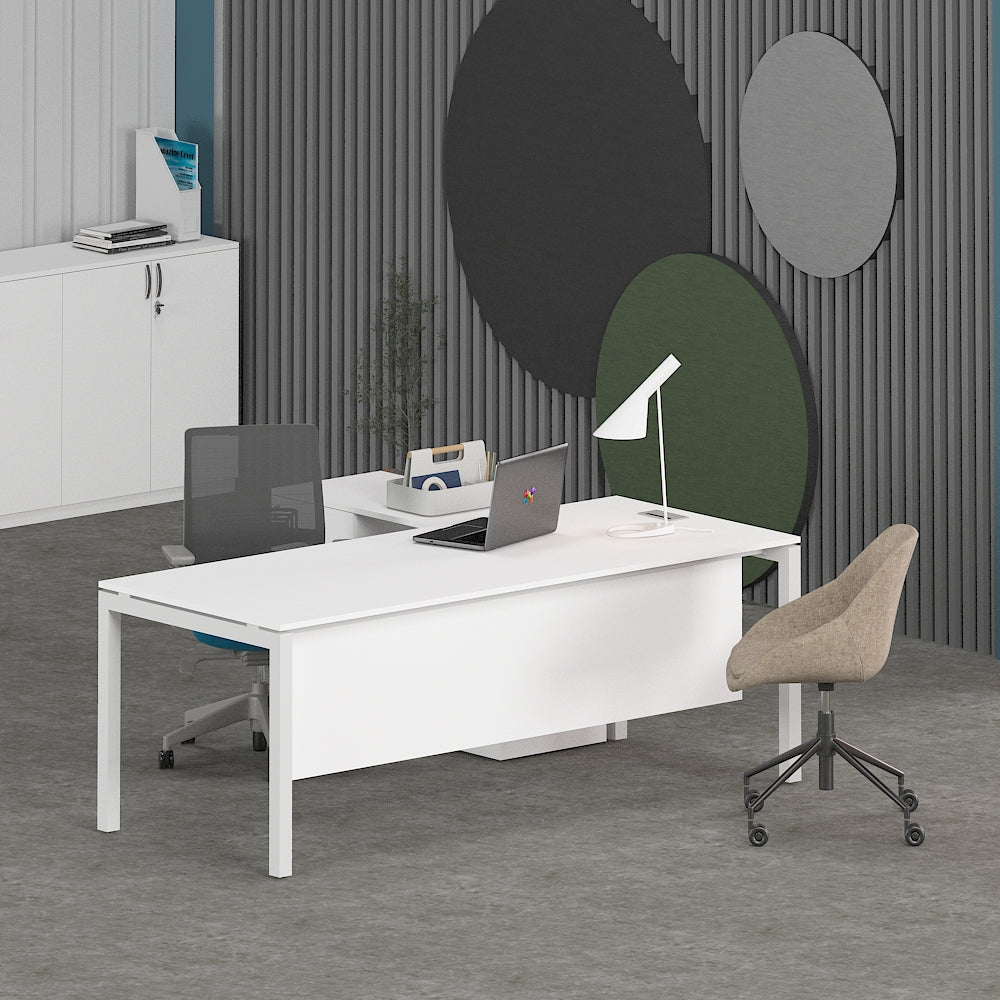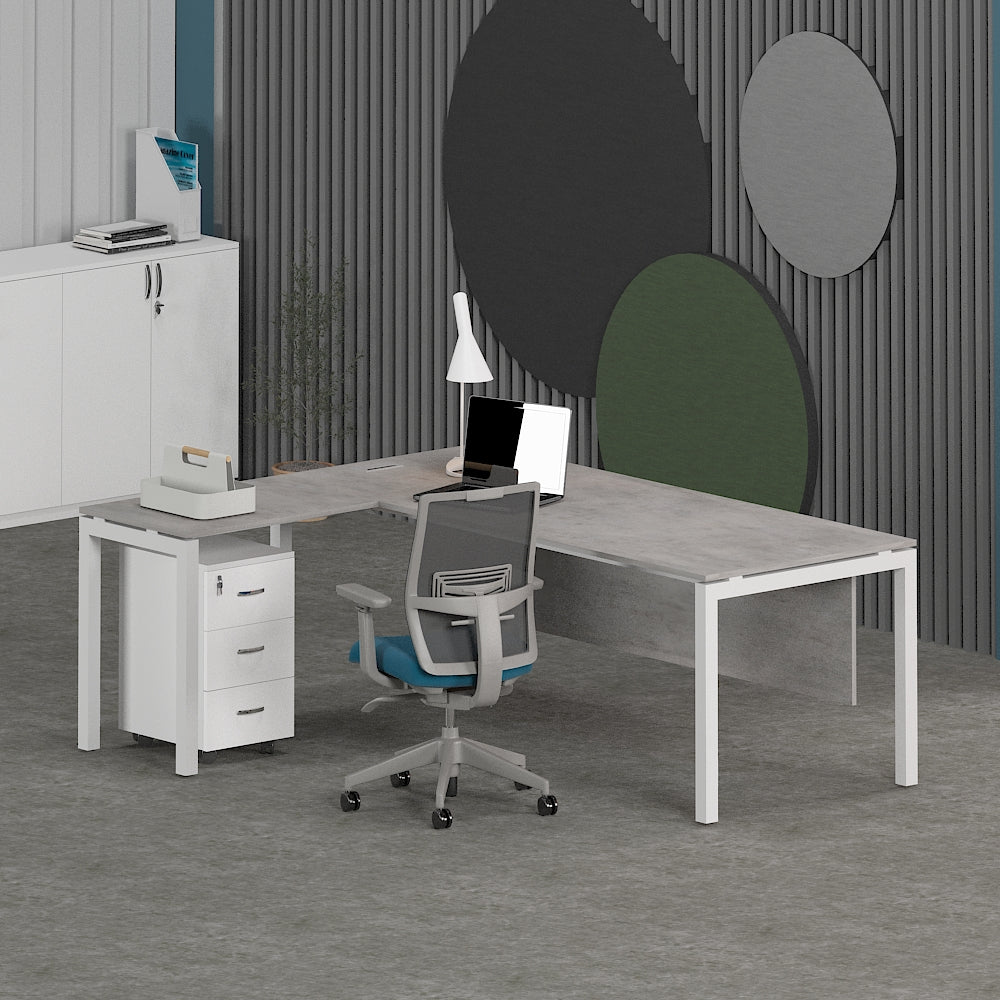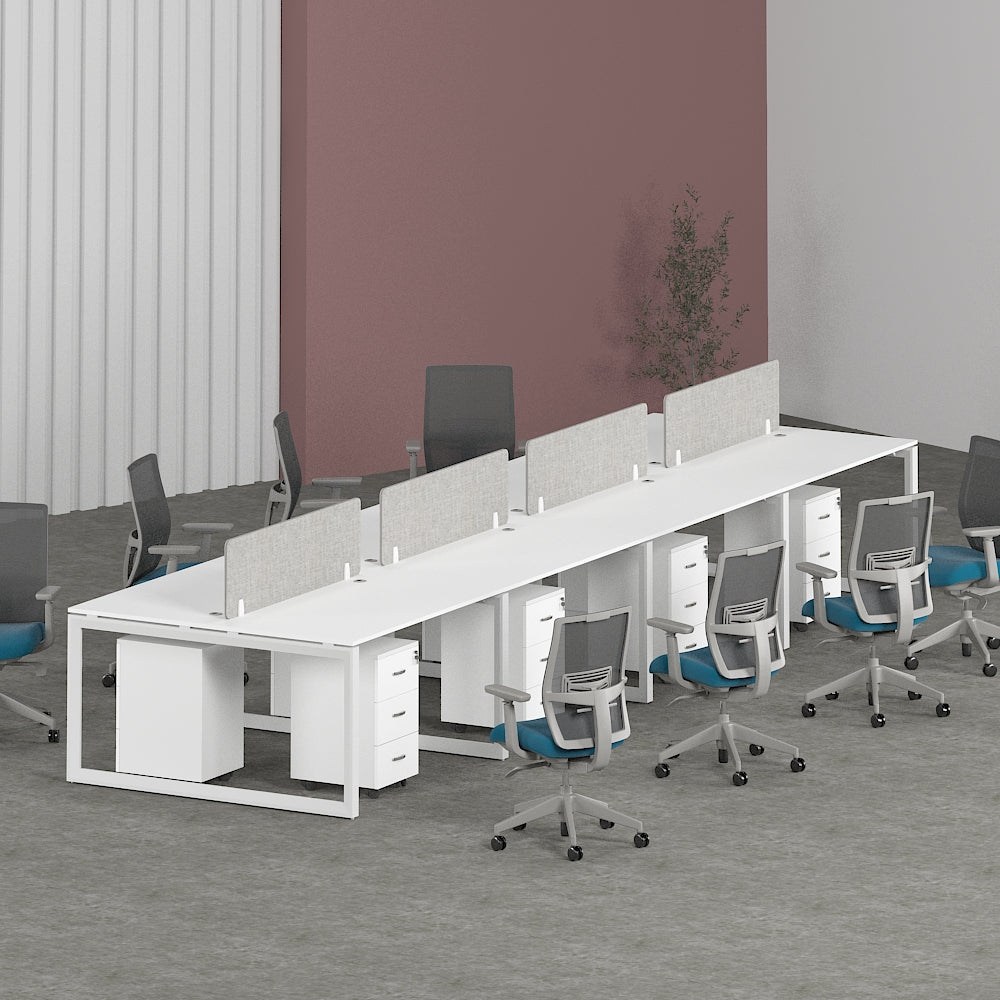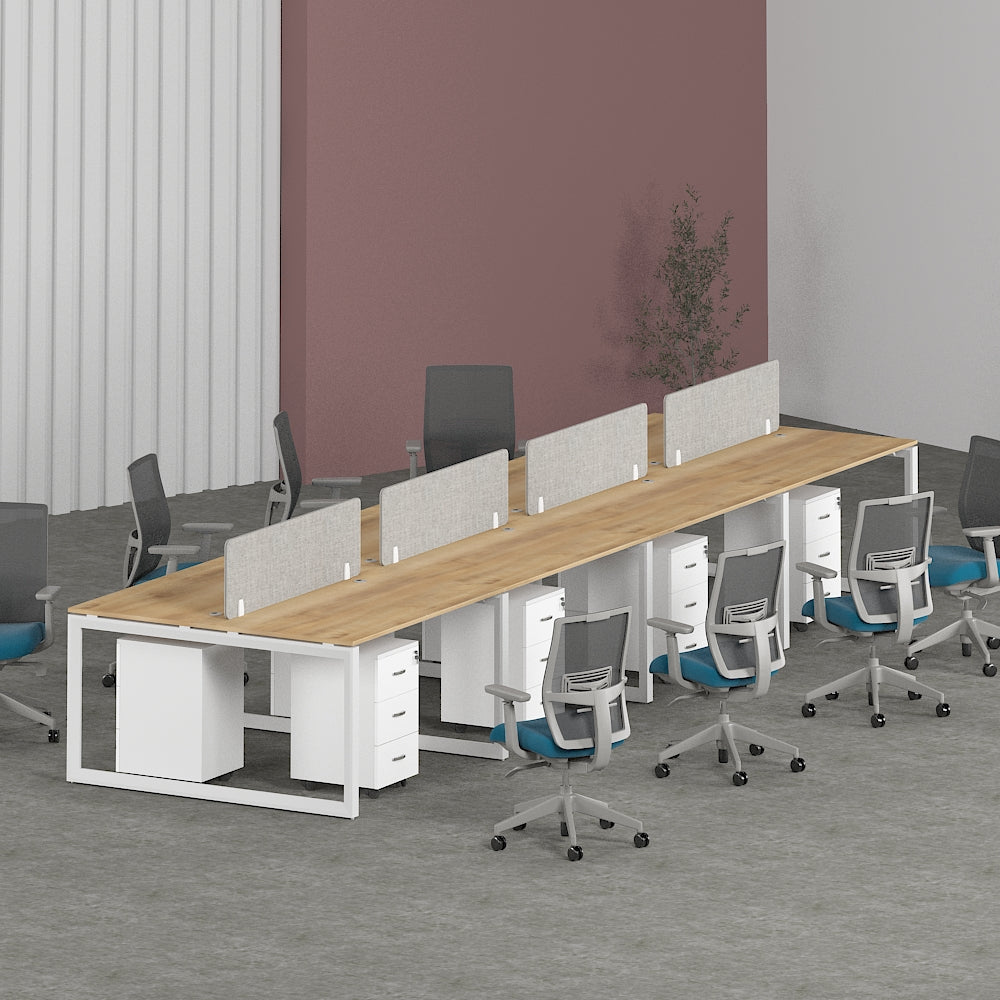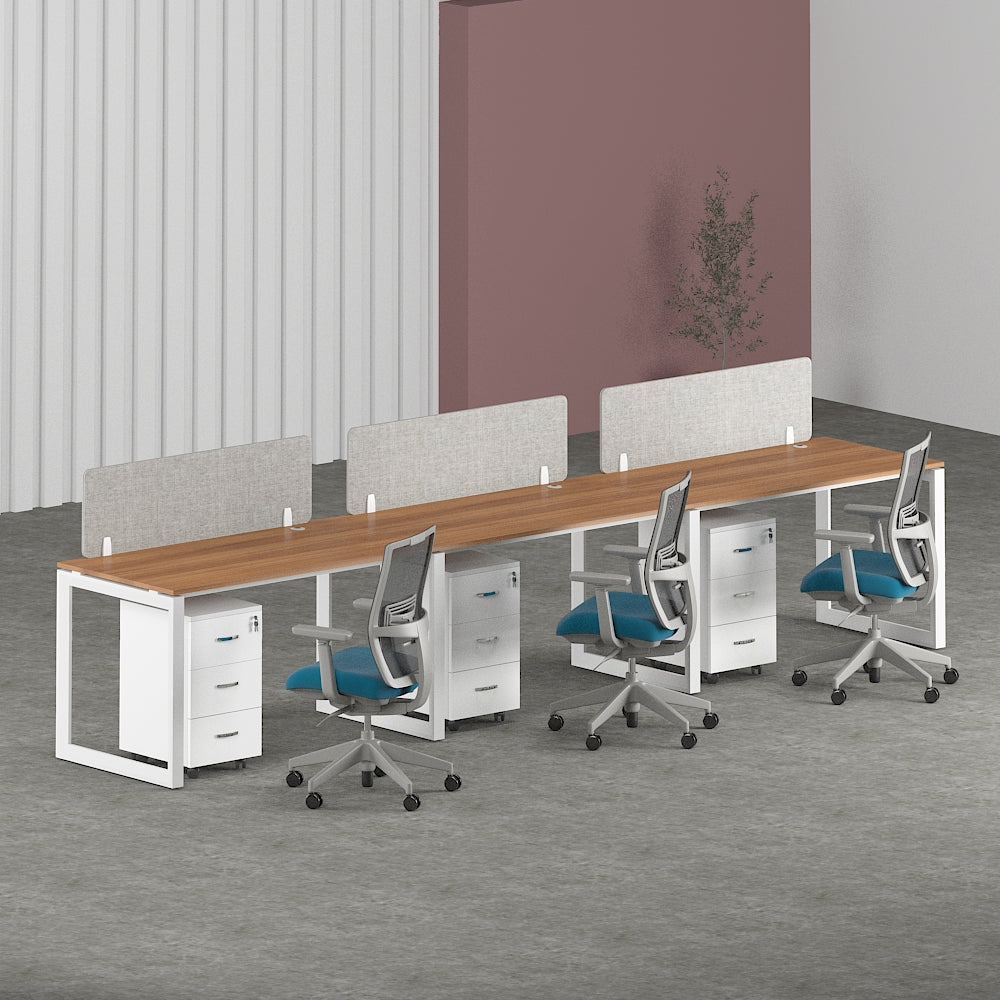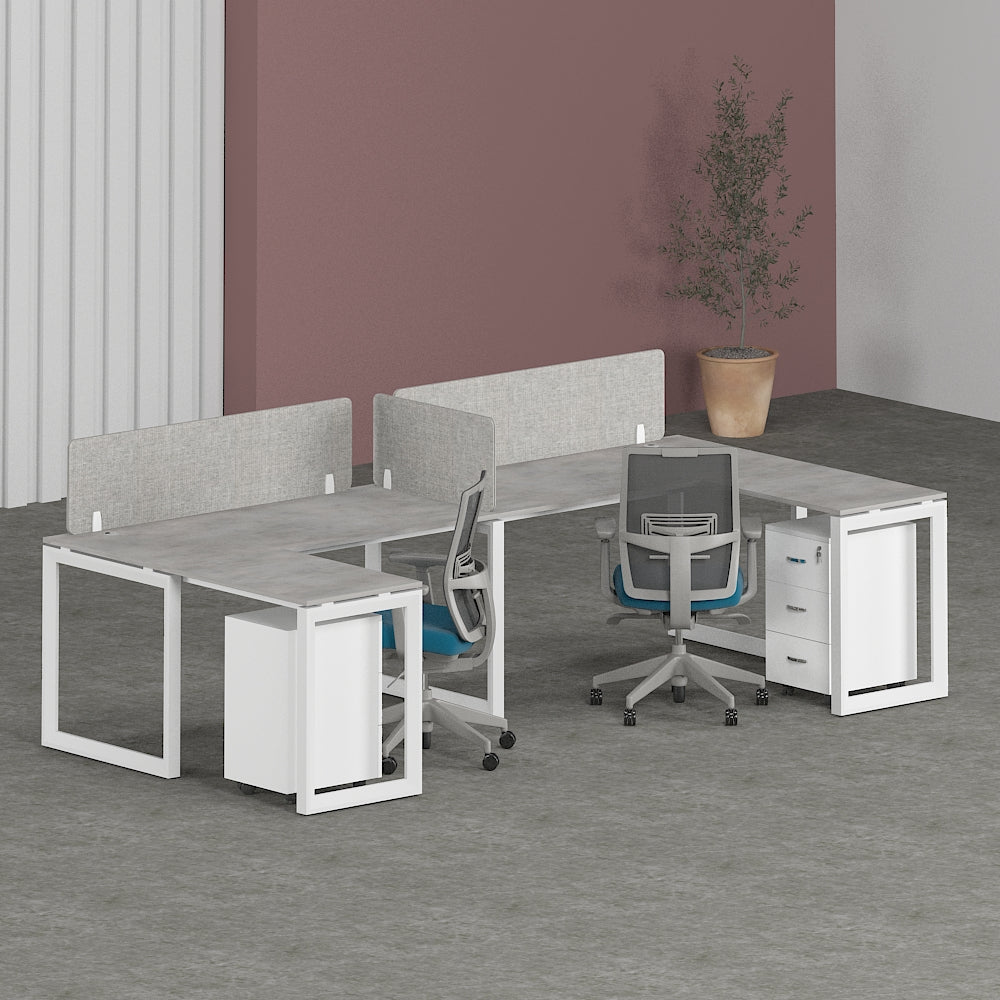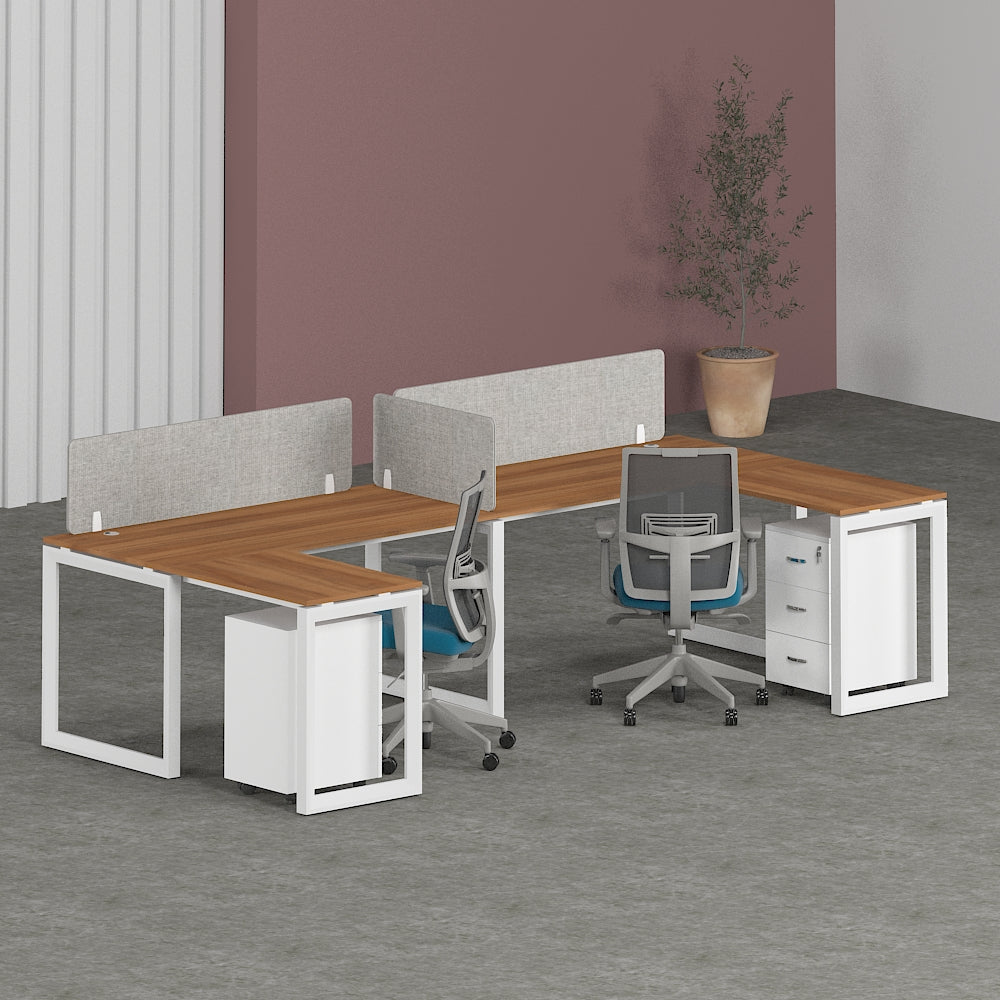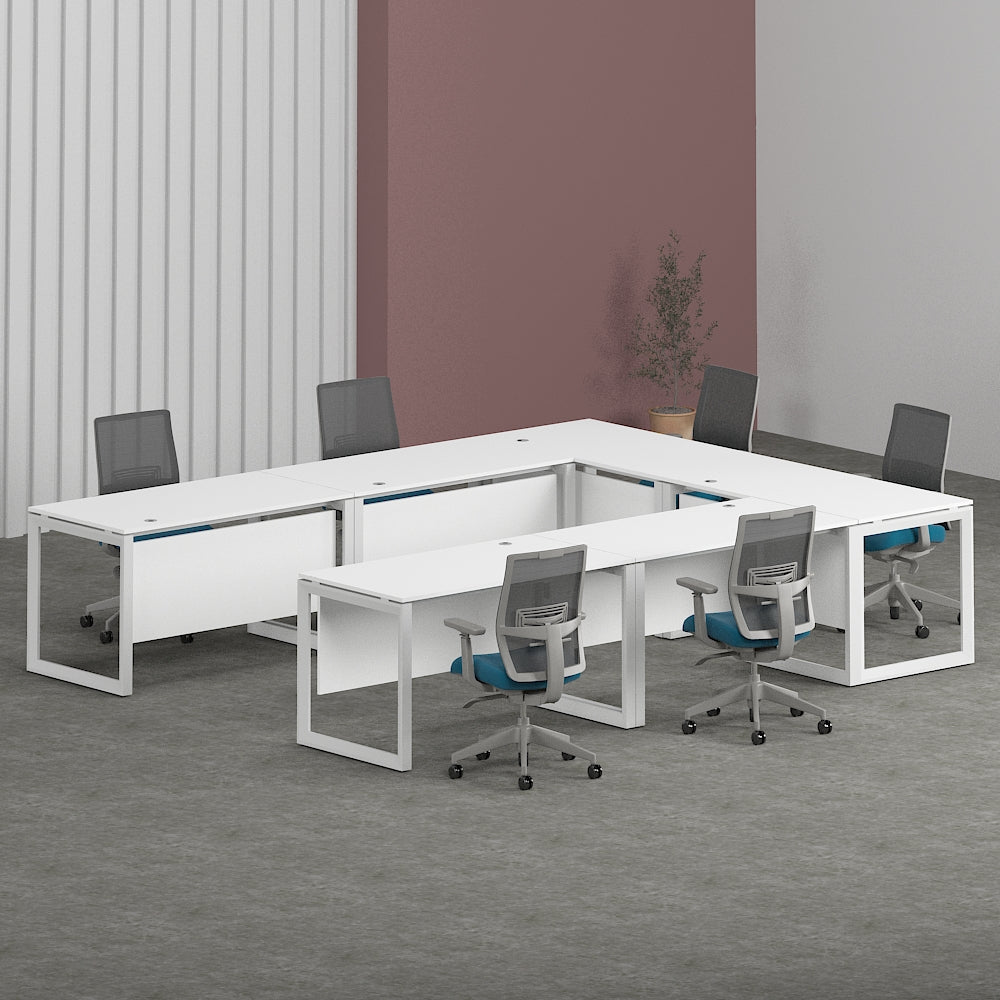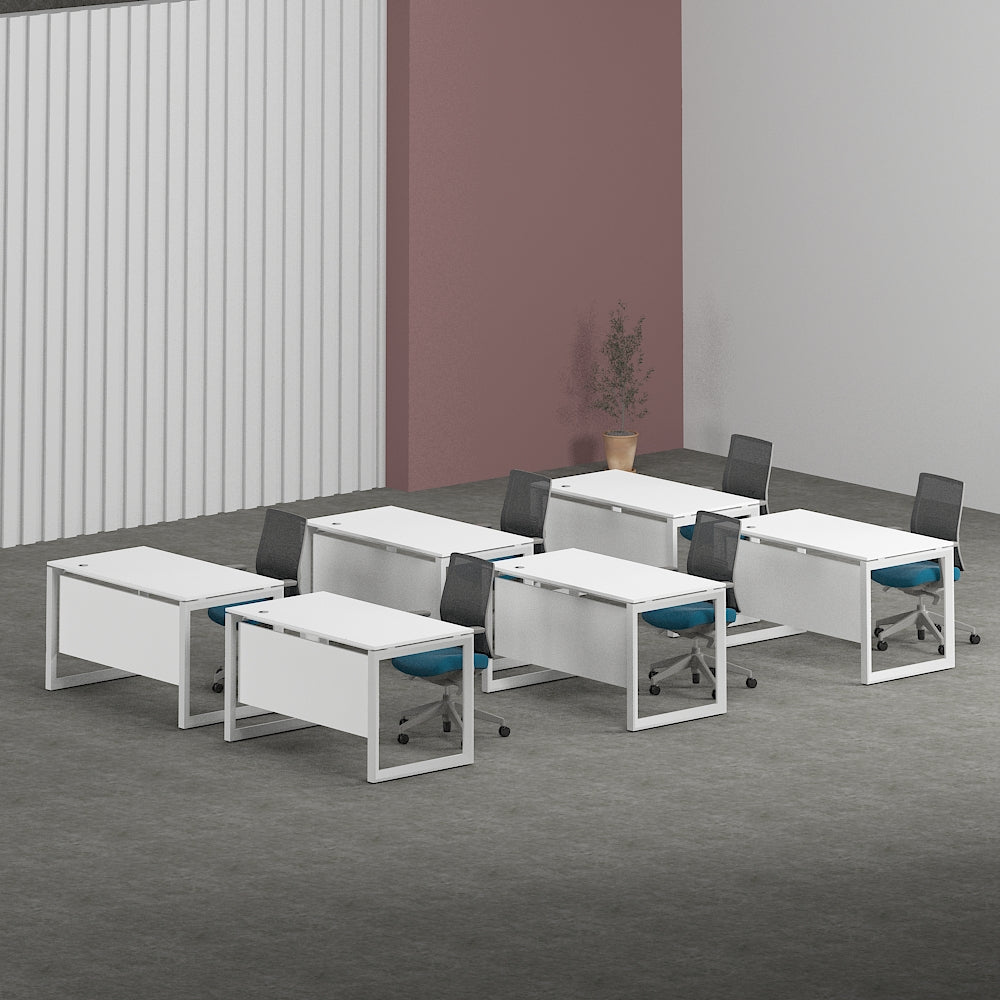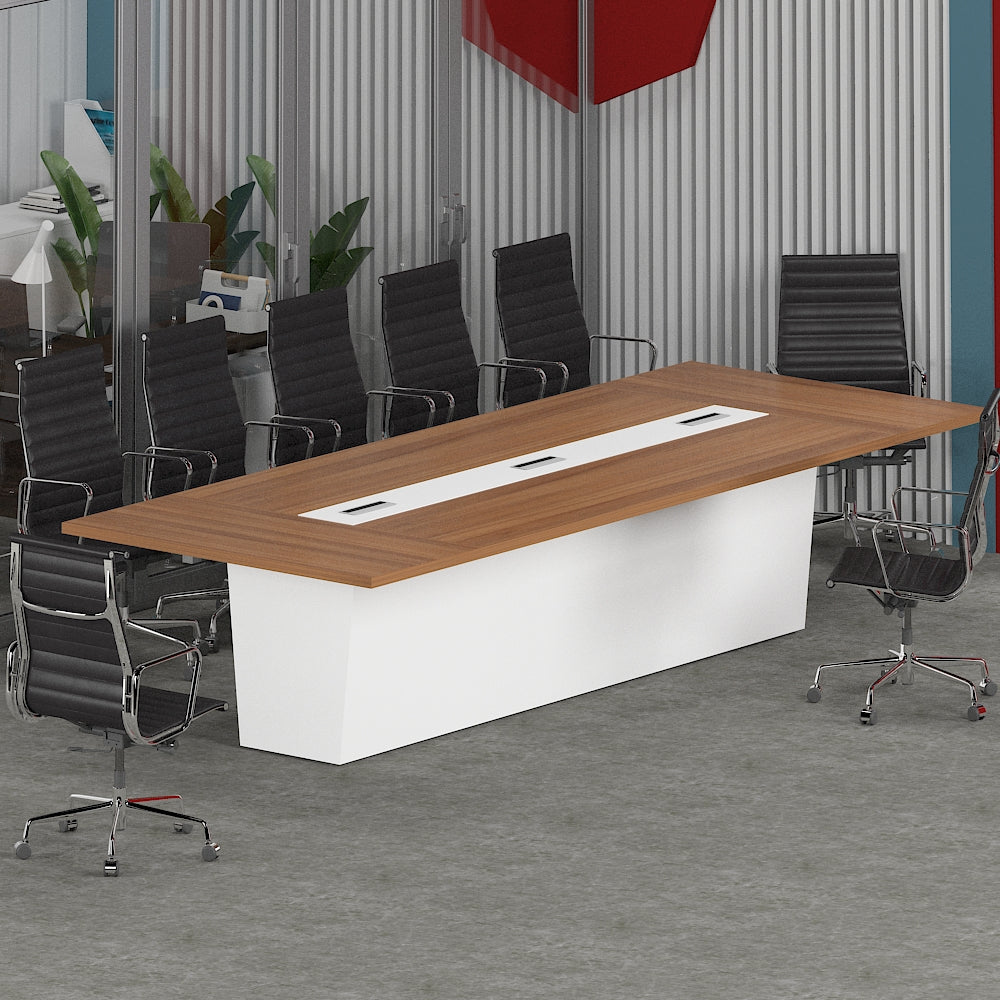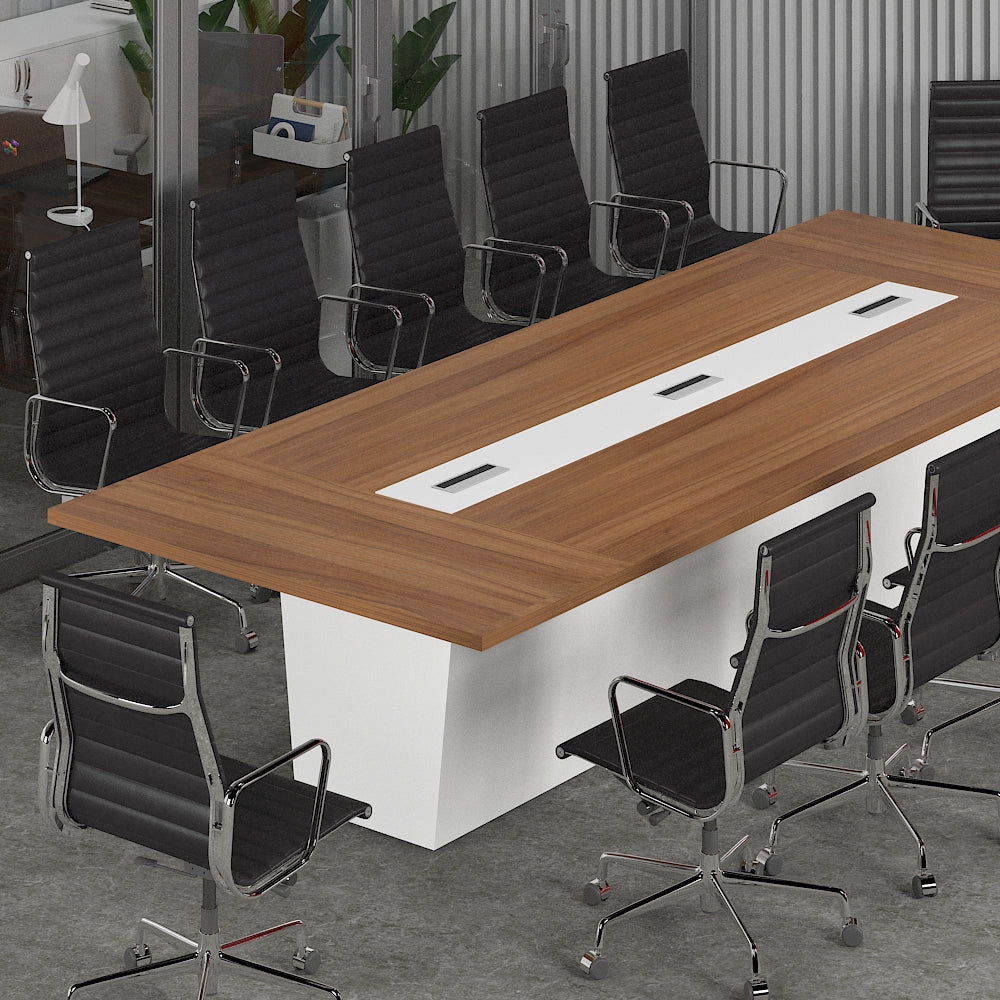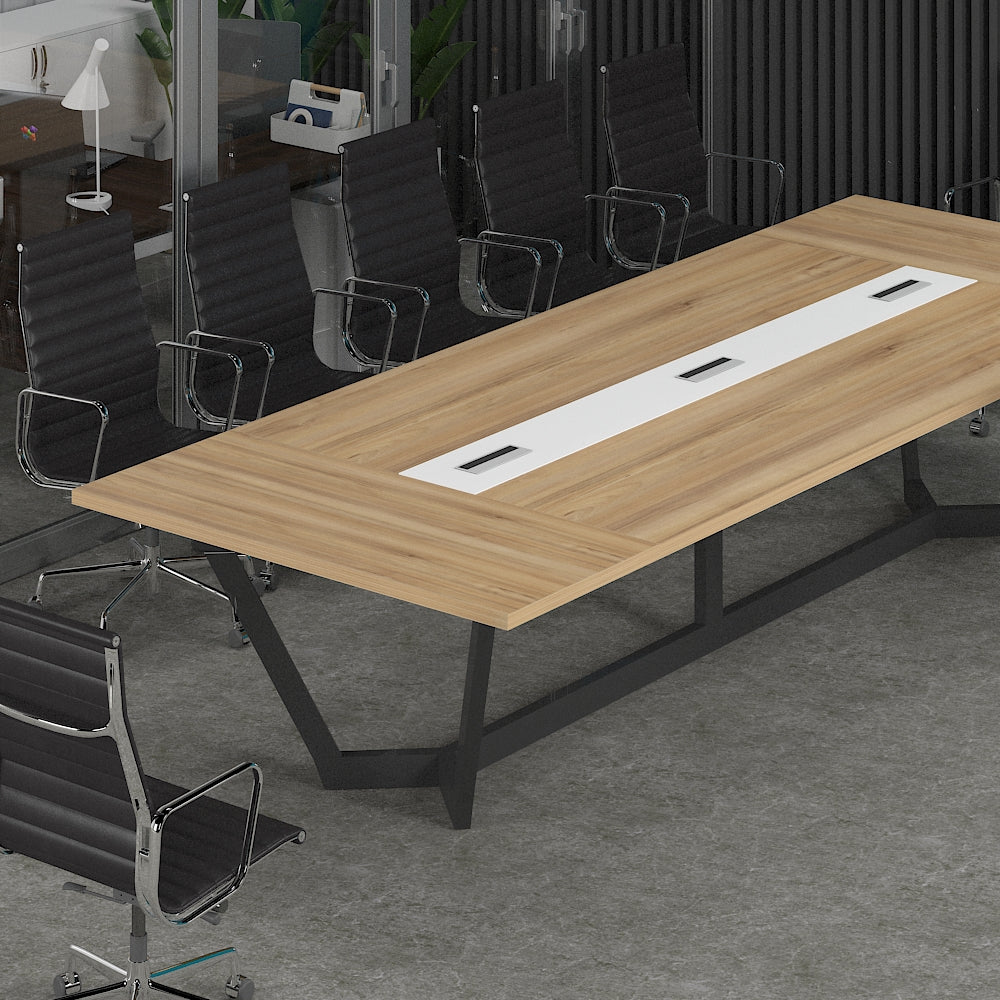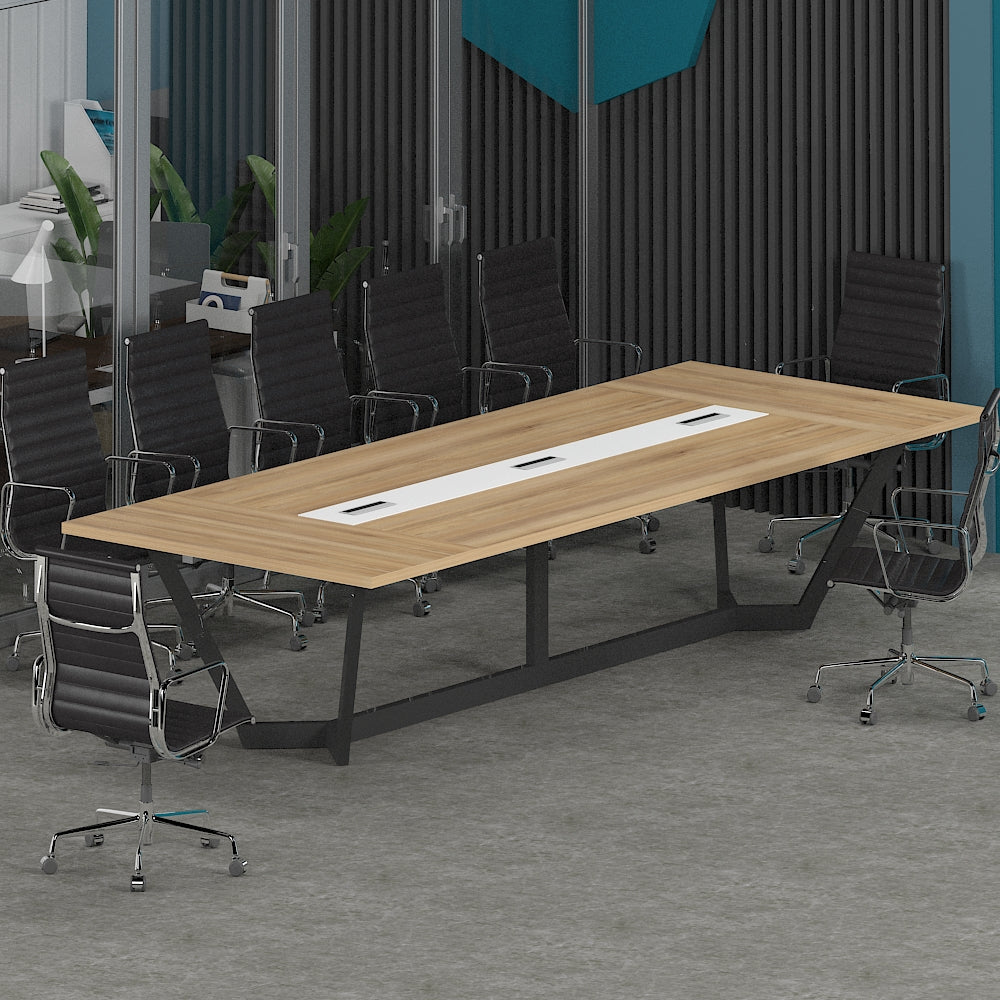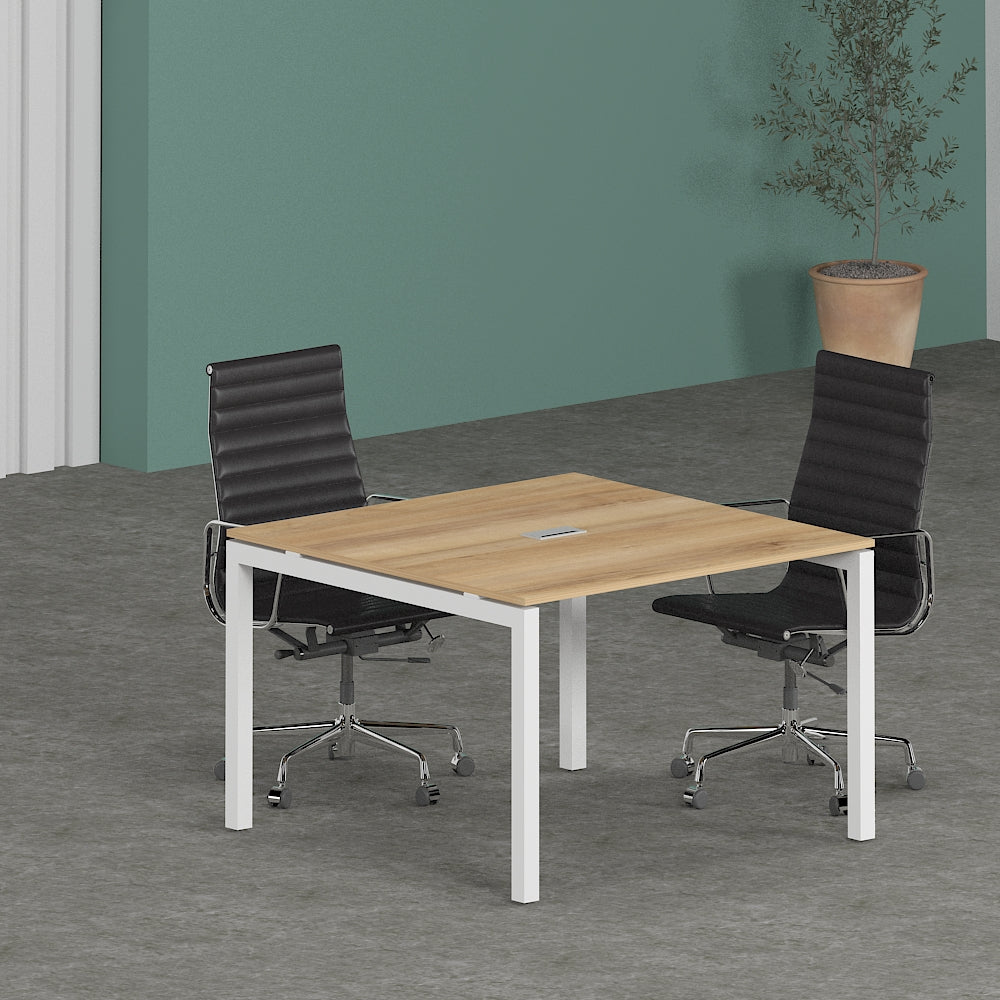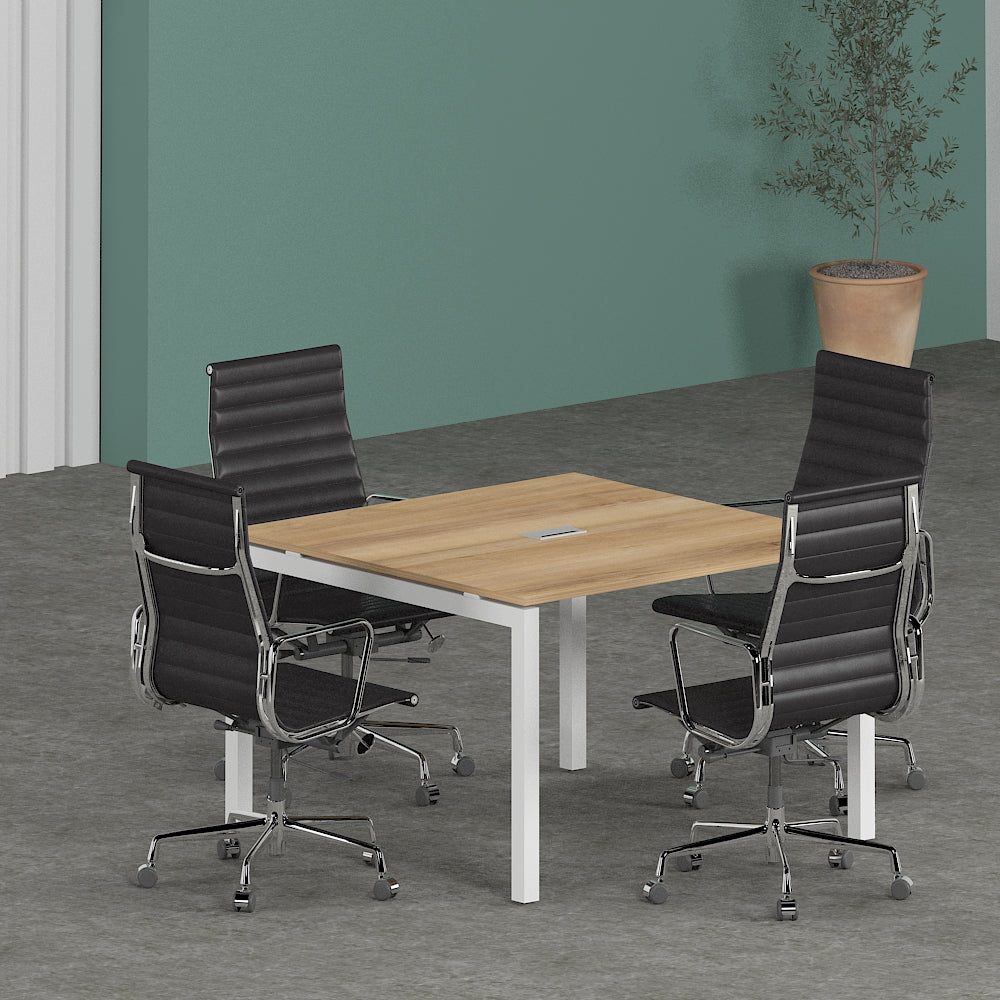Design a Workspace That Promotes Productivity
In today's fast-paced world, creating a workspace that fosters productivity is crucial for success. Whether you're working from home or in a traditional office setting, the design of your workspace can significantly impact your efficiency, creativity, and overall well-being. From ergonomic furniture to thoughtful layout considerations, there are numerous ways to optimize your workspace for maximum productivity. In this comprehensive guide, we'll explore the key principles and strategies for designing a workspace that promotes productivity and enhances your work experience.
1. Understanding the Importance of Workspace Design
Before diving into specific design tips, it's essential to understand why workspace design matters. Your environment plays a significant role in shaping your mood, mindset, and productivity levels. A well-designed workspace can inspire creativity, minimize distractions, and support healthy work habits.
1.1 The Impact of Workspace on Productivity
Research has shown that the physical environment has a direct impact on cognitive performance and overall productivity. Cluttered, poorly lit, or uncomfortable workspaces can lead to decreased focus, motivation, and job satisfaction. On the other hand, a thoughtfully designed workspace can boost productivity, creativity, and overall well-being.
1.2 Creating an Inspiring Work Environment
An inspiring work environment is one that stimulates creativity and encourages innovation. By incorporating elements of inspiration, such as natural light, plants, and meaningful artwork, you can create a space that energizes and motivates you to do your best work.
2. Ergonomic Office Layout
An ergonomic office layout is essential for preventing fatigue, discomfort, and injuries associated with prolonged sitting or repetitive tasks. By prioritizing comfort and functionality, you can optimize your workspace for improved health and productivity.
2.1 Importance of Ergonomics
Ergonomics is the science of designing products and environments to fit the people who use them. In the context of workspace design, ergonomic principles focus on creating a comfortable and efficient layout that minimizes physical strain and promotes proper posture.
2.2 Ergonomic Furniture and Accessories
Investing in ergonomic furniture and accessories is key to maintaining good posture and reducing the risk of musculoskeletal problems. Adjustable desks, ergonomic chairs, and monitor stands are just a few examples of ergonomic solutions that can enhance your comfort and productivity.
3. Optimizing Workspace for Efficiency
Efficiency is paramount in today's fast-paced work environment. By optimizing your workspace for efficiency, you can streamline your workflow, eliminate unnecessary distractions, and accomplish more in less time.
3.1 Streamlining Workflow
A well-designed workspace should facilitate smooth and efficient workflow. Organize your tools, materials, and documents in a way that minimizes clutter and maximizes accessibility. Utilize storage solutions such as shelving units, file cabinets, and desk organizers to keep your workspace tidy and organized.
3.2 Minimizing Distractions
Distractions can disrupt your focus and derail your productivity. Identify common sources of distraction in your workspace, such as noise, clutter, or digital interruptions, and take steps to minimize or eliminate them. Consider using noise-cancelling headphones, implementing digital detox strategies, or creating designated quiet zones for focused work.
4. Office Design for Focus and Creativity
Creating a conducive environment for both focus and creativity is essential for achieving optimal productivity. By striking the right balance between concentration and inspiration, you can create a workspace that supports diverse work styles and encourages innovative thinking.
4.1 Balancing Focus and Inspiration
Finding the right balance between focus and inspiration is key to designing a productive workspace. Create designated areas for focused work, such as quiet zones or individual workstations, while also incorporating elements of inspiration, such as collaborative spaces, brainstorming areas, or creative lounges.
4.2 Stimulating Creativity
Creativity thrives in environments that are visually stimulating, emotionally engaging, and intellectually challenging. Experiment with different colors, textures, and design elements to create a space that sparks creativity and encourages out-of-the-box thinking.
5. Productivity-Enhancing Workspace Design Tips
Now that we've covered the foundational principles of workspace design, let's delve into some practical tips for creating a productivity-enhancing workspace that aligns with your unique needs and preferences.
5.1 Prioritize Natural Light
Natural light is not only essential for our physical well-being but also for our mental health and productivity. Position your workspace near windows or invest in daylight-mimicking lighting solutions to maximize exposure to natural light throughout the day.
5.2 Incorporate Biophilic Elements
Biophilic design integrates elements of nature into the built environment to create spaces that promote health, well-being, and productivity. Incorporate biophilic elements such as indoor plants, natural materials, and views of greenery to enhance your workspace and connect with the natural world.
5.3 Personalize Your Space
Personalizing your workspace with meaningful objects, photos, and mementos can boost morale, reduce stress, and increase job satisfaction. Surround yourself with items that inspire and motivate you, whether it's artwork, quotes, or reminders of past achievements.
5.4 Embrace Minimalism
A clutter-free workspace can help reduce visual distractions and promote a sense of calm and clarity. Embrace minimalist design principles by decluttering your workspace regularly, keeping only the essentials within reach, and opting for simple, streamlined furniture and accessories.
5.5 Prioritize Comfort
Comfort is essential for long-term productivity and well-being. Invest in ergonomic furniture, supportive seating, and adjustable lighting to create a comfortable and conducive work environment that supports your physical and mental health.
Conclusion
Designing a workspace that promotes productivity requires careful consideration of various factors, including ergonomics, efficiency, focus, and creativity. By incorporating the principles and tips outlined in this guide, you can create a workspace that not only enhances your productivity but also improves your overall work experience and quality of life.
FAQs (Frequently Asked Questions)
Q1: How can I create a productive workspace in a small office or limited space?
A1: In small offices or limited spaces, prioritize vertical storage solutions, multifunctional furniture, and flexible layouts to maximize space efficiency without sacrificing productivity.
Q2: What are some budget-friendly ways to enhance my workspace?
A2: Consider DIY projects, second-hand furniture, and affordable organizational tools to upgrade your workspace without breaking the bank. Focus on investing in key ergonomic essentials that offer the most significant impact on your comfort and productivity.
Q3: How can I maintain a healthy work-life balance in my home office?
A3: Set boundaries between work and personal life by establishing designated work hours, creating a separate workspace, and taking regular breaks throughout the day. Prioritize self-care activities, such as exercise, hobbies, and socializing, to maintain a healthy balance between work and leisure.
Q4: What role does color play in workspace design?
A4: Color can influence mood, productivity, and creativity. Choose colors that evoke the desired atmosphere for your workspace, such as calming blues for focus, energizing yellows for creativity, or neutral tones for a minimalist aesthetic.
Q5: How often should I update or redesign my workspace?
A5: It's essential to periodically reassess and update your workspace to accommodate changing needs, preferences, and technological advancements. Consider redesigning your workspace annually or as needed to ensure it continues to support your productivity and well-being.


